Deck & Commander Strategies
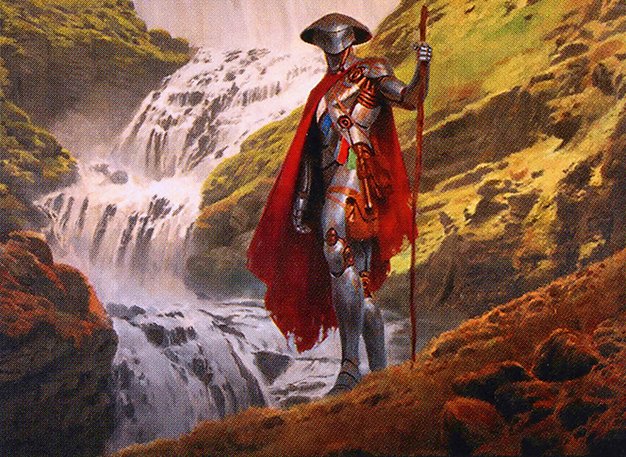
Golos, Tireless Pilgrim
Utilizes Golos primarily as a land tutor to ramp into a zombie token strategy by copying creatures and sacrificing tokens for value, aiming to drain opponents through aristocratic synergies.
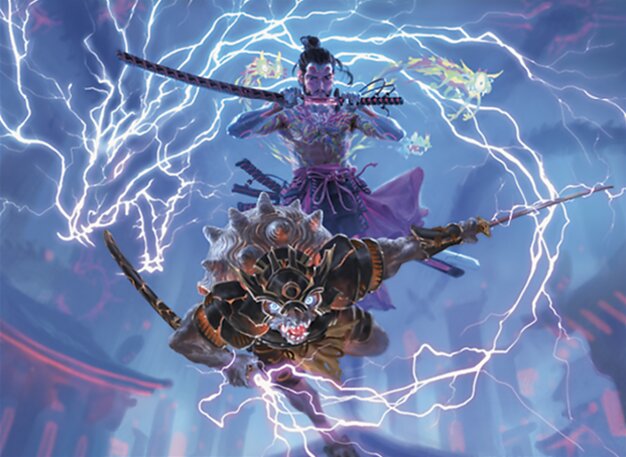
Goro-Goro and Satoru
Plays an aggressive deck with small evasive creatures to chip away at opponents while generating large dragons as rewards, focusing on consistent damage and board presence.
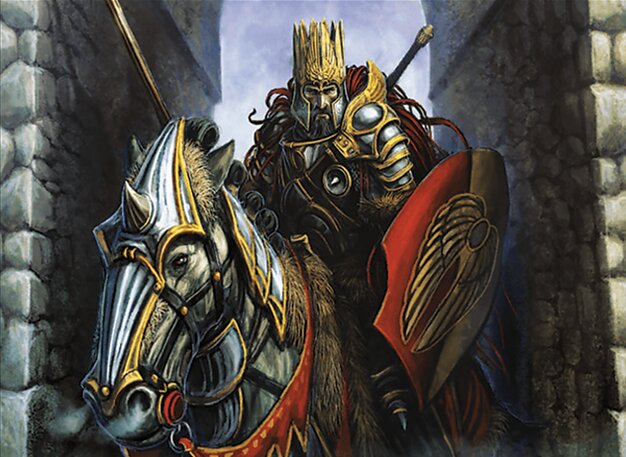
Darien, King of Kjeldor
Ramp early mana, deal damage to self via lands and spells, then regain life while creating a wide human token army to stabilize and outlast opponents.
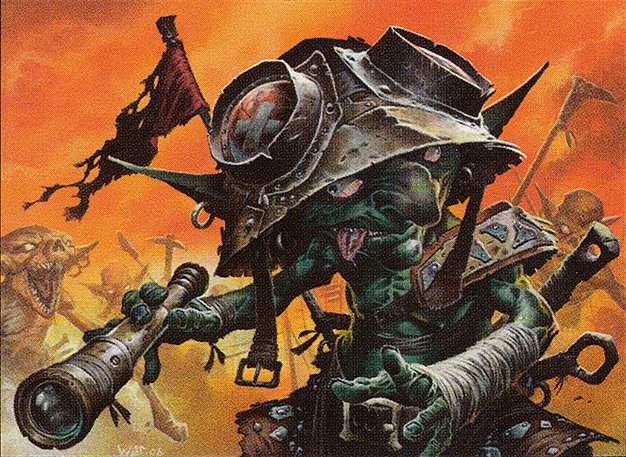
Ib Halfheart, Goblin Tactician
Swarm the board with goblin tokens, leveraging cards that multiply creatures and generate treasures for explosive turns, using confusion and numbers to overwhelm opponents.
Gameplay Insights
- 1
Ib’s explosive token generation early in the game created a huge board presence that pressured all opponents simultaneously, forcing them to adjust their strategies.
- 2
The loss of Scoot Swarm was a significant tempo hit, as it provided valuable token production that synergized well with the token-heavy decks.
- 3
Golos’ player chose to focus on land tutoring rather than activating Golos’ powerful ability, prioritizing ramp and zombie token generation over complex interactions.
- 4
Darien’s self-damage and life gain mechanics allowed steady token creation but required careful timing to balance survivability with offensive opportunities.
- 5
Goro-Goro & Satoru maintained pressure with evasive creatures but lacked the explosive token synergy that other decks enjoyed, leading to a more measured approach.
- 6
Multiple players leveraged sacrifice outlets to convert tokens into value or damage, highlighting aristocratic synergies as a core theme of the game.
Notable Cards
-
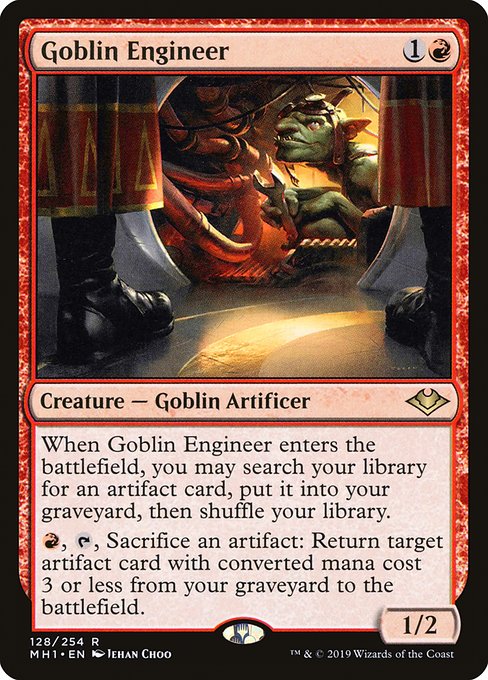
Goblin Engineer
-
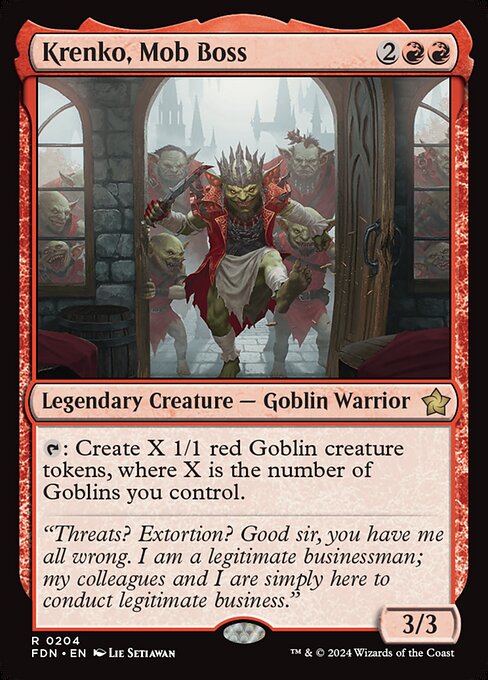
Krenko, Mob Boss
-

Adeline, Resplendent Cathar
-
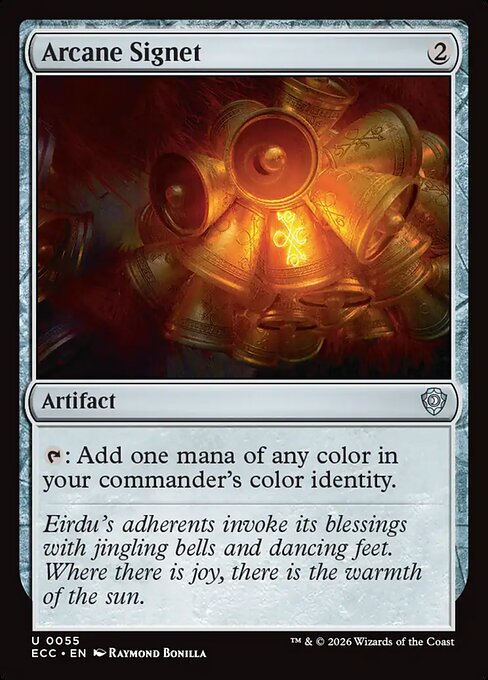
Arcane Signet
-

Breeding Pool
-
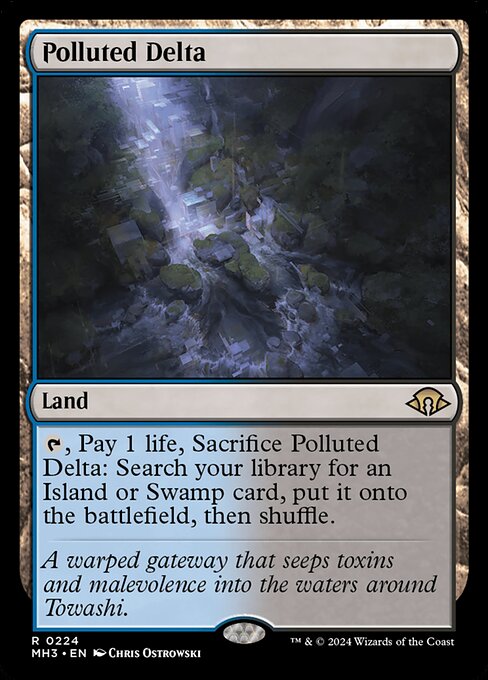
Polluted Delta
Gameplay Summary
The game began with each player establishing their board presence through ramp and token generation, setting the stage for a chaotic multiplayer skirmish.
Darien, King of Kjeldor, focused on ramping mana and self-inflicted damage to gain life back later, steadily building a defensive token army.
Goro-Goro and Satoru pushed aggressive damage with small evasive creatures, aiming to pressure opponents early while benefiting from large dragons.
Golos, Tireless Pilgrim’s player utilized the commander mainly to tutor lands, focusing on building a zombie token army through copying and sacrificing creatures for incremental value.
Meanwhile, Ib Halfheart, Goblin Tactician leveraged goblin tribal synergies and token flooding, using cards like Krenko and Goblin Engineer to rapidly multiply creatures and treasure tokens, creating a formidable swarm on the board. Key turning points included Ib’s explosive early turns where he established a massive goblin presence, threatening overwhelming damage output and forcing opponents to respond.
The Scoot Swarm’s early exit was felt, as it was a potent token generator that could have shifted tempo further.
Golos’ player aimed to build a zombie party through aristocratic sacrifice strategies but struggled to keep pace with the goblin onslaught.
Darien’s life gain and token production provided resilience but limited offensive threat early on.
Goro-Goro & Satoru’s deck maintained constant pressure through evasive creatures and incremental damage, though it did not dominate.
The game unfolded as a battle of token armies and value trades, with the goblin swarm from Ib becoming the central threat.
The win condition revolved around overwhelming opponents with sheer token numbers and combat damage, supported by value-generating artifacts and sacrifice outlets.
![Politics Gone Wrong | EDH Commander Gameplay [Deutsch] | Salt Wars #08 thumbnail](https://i.ytimg.com/vi/if6dqZKKAis/maxresdefault.jpg)





![EDH Commander Gameplay [Deutsch] | Salt Wars #01 thumbnail](https://i.ytimg.com/vi/S-RTG5zexzQ/sddefault.jpg)
![EDH Commander Gameplay [Deutsch] | Salt Wars #02 thumbnail](https://i.ytimg.com/vi/CiFDrUAGdmg/sddefault.jpg)
![EDH Commander Gameplay [Deutsch] | Salt Wars #03 thumbnail](https://i.ytimg.com/vi/cuzzwYqnj0A/sddefault.jpg)
![Kaiju Attack! | EDH Commander Gameplay [Deutsch] | Salt Wars #04 thumbnail](https://i.ytimg.com/vi/bblvmh2WnWw/sddefault.jpg)
![Just One More Turn! | EDH Commander Gameplay [Deutsch] | Salt Wars #05 thumbnail](https://i.ytimg.com/vi/F9E1B51IzQo/sddefault.jpg)
![How Many Combats? | EDH Commander Gameplay [Deutsch] | Salt Wars #06 thumbnail](https://i.ytimg.com/vi/Nz233cV3bTg/sddefault.jpg)
![Board Wipe Mania | EDH Commander Gameplay [Deutsch] | Salt Wars #07 thumbnail](https://i.ytimg.com/vi/7GWco5iMbNk/sddefault.jpg)
![Salty X-Mas | EDH Commander Gameplay [Deutsch] | Salt Wars #09 thumbnail](https://i.ytimg.com/vi/zZuLJWQvpHg/sddefault.jpg)
![Battle of the Tribes | EDH Commander Gameplay [Deutsch] | Salt Wars #10 thumbnail](https://i.ytimg.com/vi/rnouGeIe6XI/sddefault.jpg)
![Outlaws of Thunder Junction | EDH Commander Gameplay [Deutsch] | Salt Wars #11 thumbnail](https://i.ytimg.com/vi/THifuVa1tWQ/sddefault.jpg)















![Darien vs Ezuri vs Ishkanah vs Zurgo [EDH/Commander, Magic The Gathering Gameplay] 2021 thumbnail](https://i.ytimg.com/vi/GpdgWWzj4bg/sddefault.jpg)








![Commander VS S17E7: ??? VS ??? VS ??? VS ??? [EDH Gameplay] thumbnail](https://i.ytimg.com/vi/Wl5x-udunSg/sddefault.jpg)
![Commander VS S16E9: Rakdos VS Padeem VS Zacama VS Golos [EDH] thumbnail](https://i.ytimg.com/vi/dZvTs47Y-pk/sddefault.jpg)




